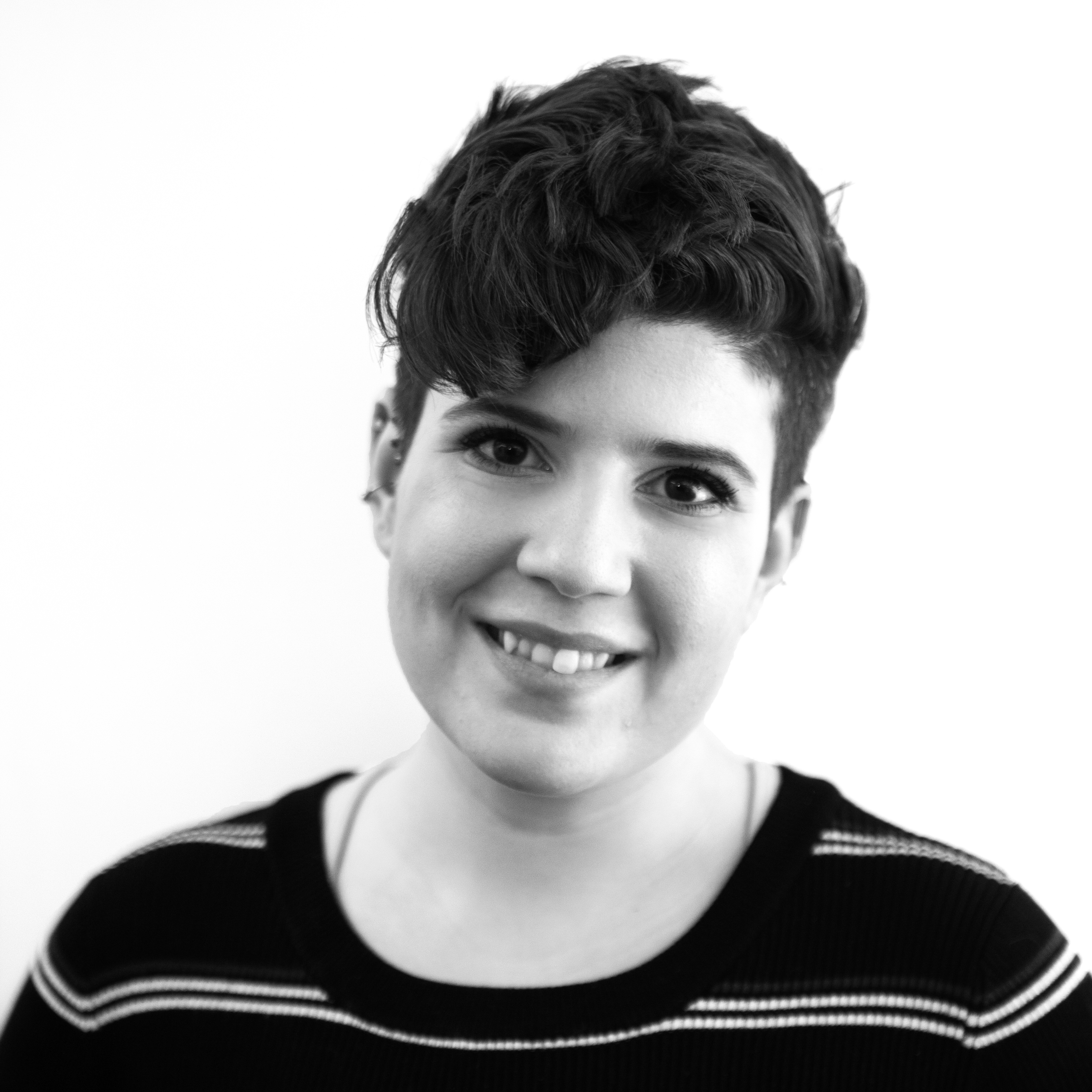It’s a paradox we all accept because, frankly, it’s kind of the point. Despite the genre’s name, “dating” shows are generally not interested in capturing the mundane magic that can spark between two people who met, say, waiting for a bus. Instead we get mansions stocked to the brim with champagne; private phone booths in which hot suitors decide which random stranger sounds like marriage material; F-boys and girls making out on the beach. (Or trying not to make out in a beach house.)
It makes sense that most dating shows are allergic to sincerity; our collective fear of vulnerability makes it easier to laugh at people trying to fall in love than to let ourselves relate to them. But what if producers actually tried to capture what happens when two people date?
Love on the Spectrum, which has returned to Netflix for its second season this week, catches everything: awkward pauses abound, as do ecstatic moments of recognition. Painful attempts at small talk intertwine with cautious kisses and overwhelmed sighs of relief as the season’s subjects—some new and some returning—navigate the thrilling, confounding world of dating.
Technically Love on the Spectrum is a reality show. The series observes Australians on the autism spectrum as they search for The One and meet with a dating coach to discuss the fundamentals of dating and flirtation. By creating a safe, non-judgmental space for their subjects, however, producers also happened to make a better dating show than most actual dating shows.
It’s not exactly surprising that The Bachelor couples have such a dismal success rate. What kind of vulnerability and emotional honesty can we expect from people who know their every move or comment could be cast in the most unflattering light possible? (There’s also, you know, the fact that the entire set-up is a psychological experiment.) Do we even expect healthy couples from Love Is Blind or 90 Day Fiancé, or are they beside the point?
A large portion of the dating show audience would likely find these questions eye roll-inducing. But it’s hard to overstate how refreshing Love on the Spectrum’s unguardedness can feel. Returning subjects like Gilligan’s Island fan Michael and dinosaur aficionado Mark explain their continued desire to find love with disarming candor. (Translation: Mark talking about feeling insecure about being 30 and finding love was, uh... uncomfortably relatable to a certain writer who might have been taking a quick peek at Tinder when he mentioned it.) New cast members, including the bubbly Teo and dapper dresser Jayden, seem bound to win over viewers just as quickly as their predecessors did.
This season gets a little meta, as Mark and returning cast member Chloe—both of whom liked what they saw when they watched the previous season—agree to go on a couple dates. Also returning: Jimmy and Sharnae, who spent last season moving in together and, in the end, making us weep like babies when they got engaged. Their journey this season is as emotional as the last, with a trip to Las Vegas for a tournament and, eventually, a sunflower-covered wedding.
But perhaps the most charming story of the season belongs to newcomer Ronan, a racetrack worker who decides to put himself out there after a confidence boost. The mild-mannered redhead sparks a connection that blossoms throughout the season as the two go on dates, share pizzas, and discover the warmth they bring out in each other.
Not every connection on Love on the Spectrum works out—just as in real life, there are duds. Some of the connections fizzle, and several first dates never take off. Producers capture these moments with humanity; we’ve all been there, and many of us will likely experience these blips many times over. The priority here appears to be the cast’s safety and comfort—an impulse that would behoove some other franchises. As a result, the stories feel not only real but enlightening. It’s amazing how compelling love (or even “like”) can be when you give it space to grow.







